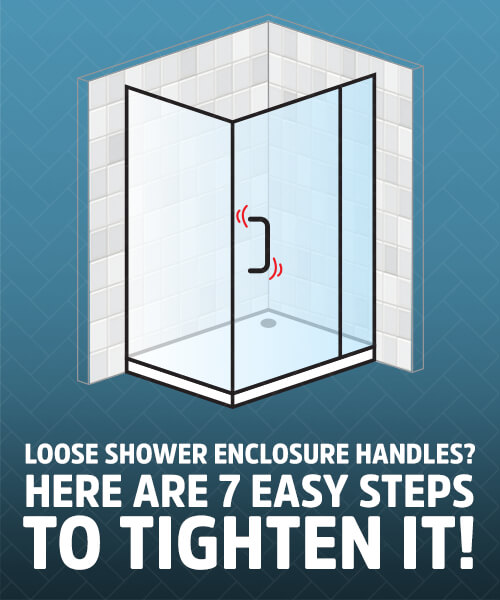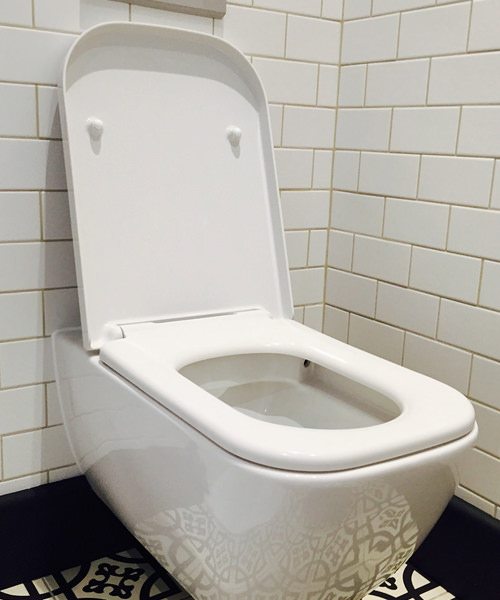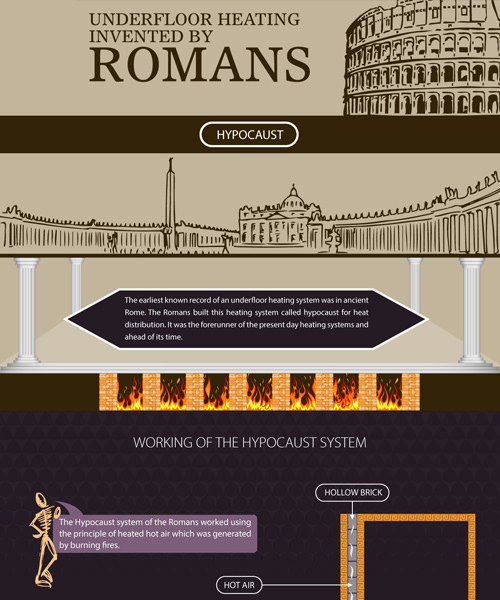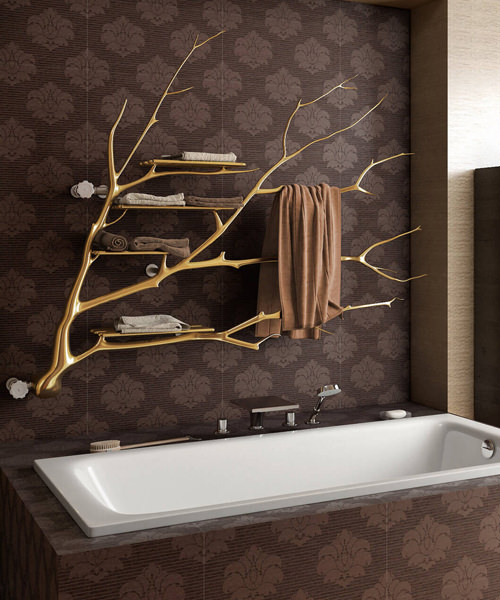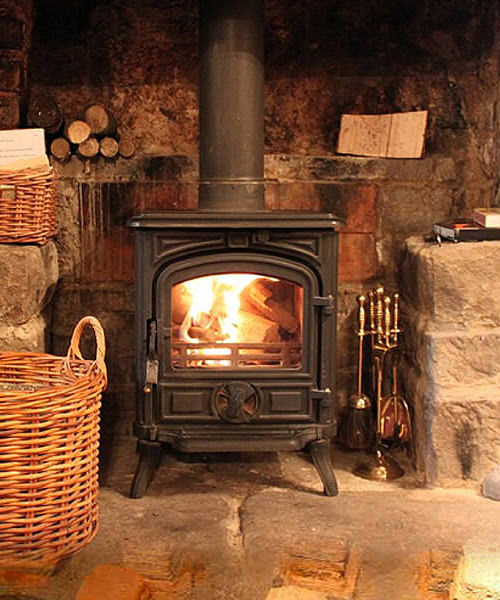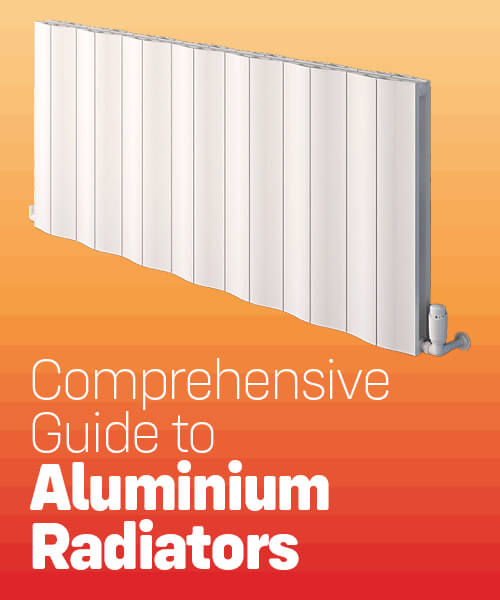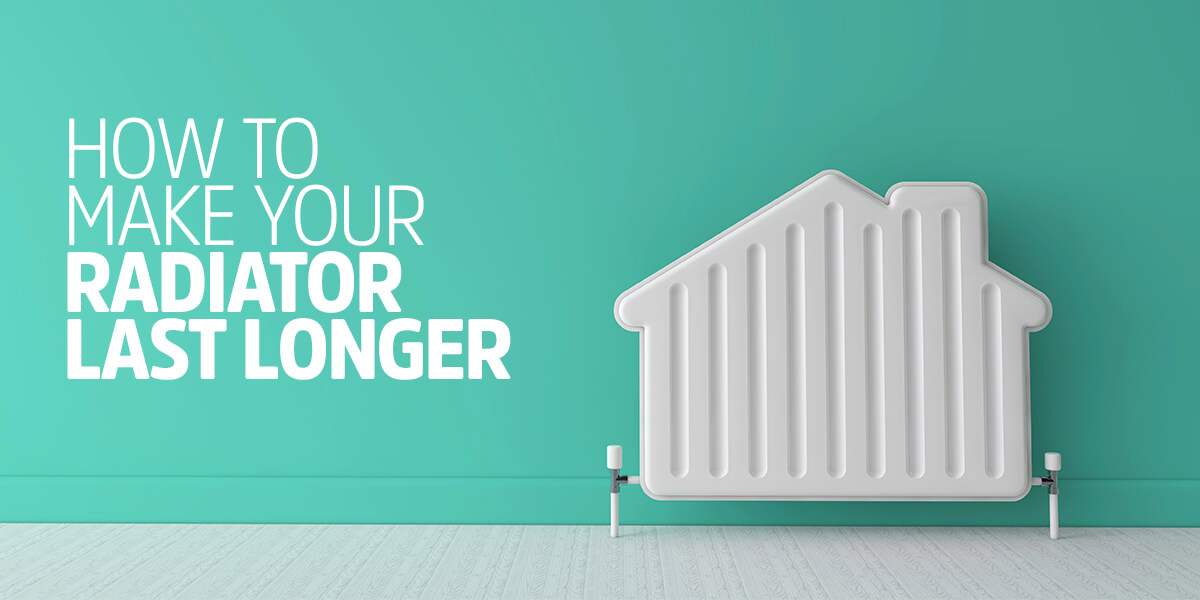
Radiators have long been a reliable and time-tested solution for heating. Now integral to countless contemporary homes, these essential fixtures deliver much-needed warmth throughout winter. Regardless of whether your radiator is new or old, slim or bulky, there's always a possibility that it may not supply adequate heat.
Radiators use a process called convection to heat the water inside, warming the surrounding air. This warm air moves around the room, increasing its temperature as it circulates. However, there could be times when air is trapped inside your radiator, or a build-up of sludge and dirt might prevent it from heating the room efficiently.
In this handy guide, we'll share valuable insights to enhance your radiator's efficiency, assist you in its upkeep, and save you some cash on your energy expenses.
Obstructions To Your Heating
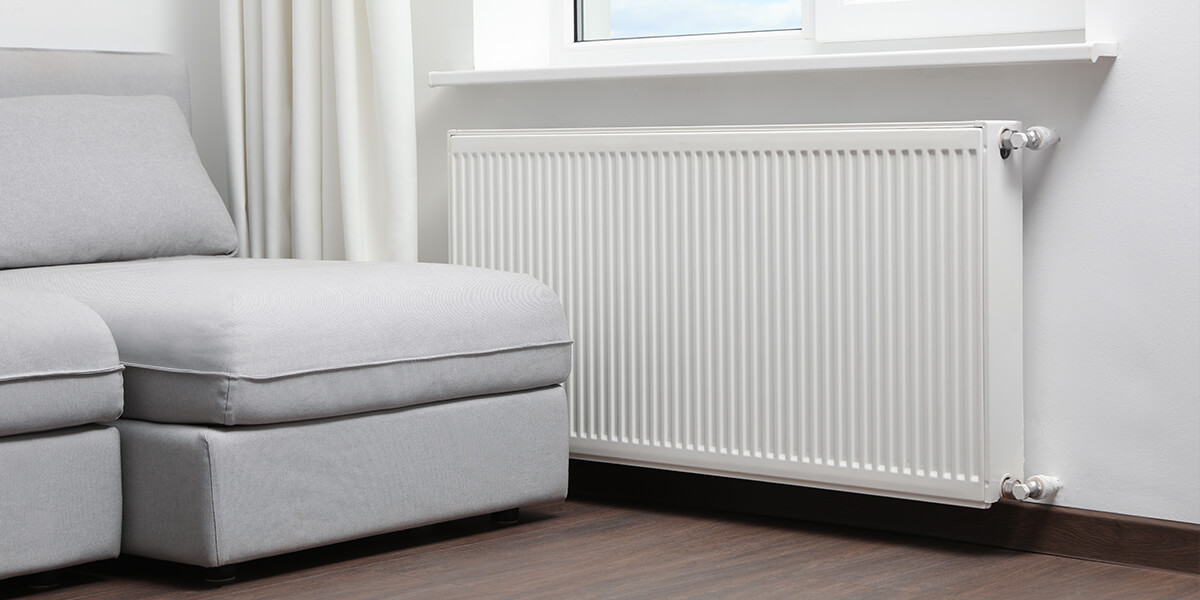
Blocking your radiator reduces its ability to warm your space. You need to ensure that no items or furniture, such as a sofa, are placed in front of the radiator, as they will absorb the majority of the heat.
Closing your curtains in settings where your radiator is installed below the window will affect its efficiency. As hot air naturally gravitates toward cold air, draping curtains over your radiator may inadvertently channel warmth through crevices in your window frame, squandering energy and amplifying heating expenses. Tucking your curtains behind the units is also a bad idea, as the majority of contemporary radiators employ back panels for heat emission, and doing this would restrict the flow of warm air in your room.
The best possible solution in this scenario would be to place the bottom of your curtains on top of your window ledge instead of over or behind the radiator. You can also opt for shorter curtains which would eliminate this issue.
Fixing Leaks
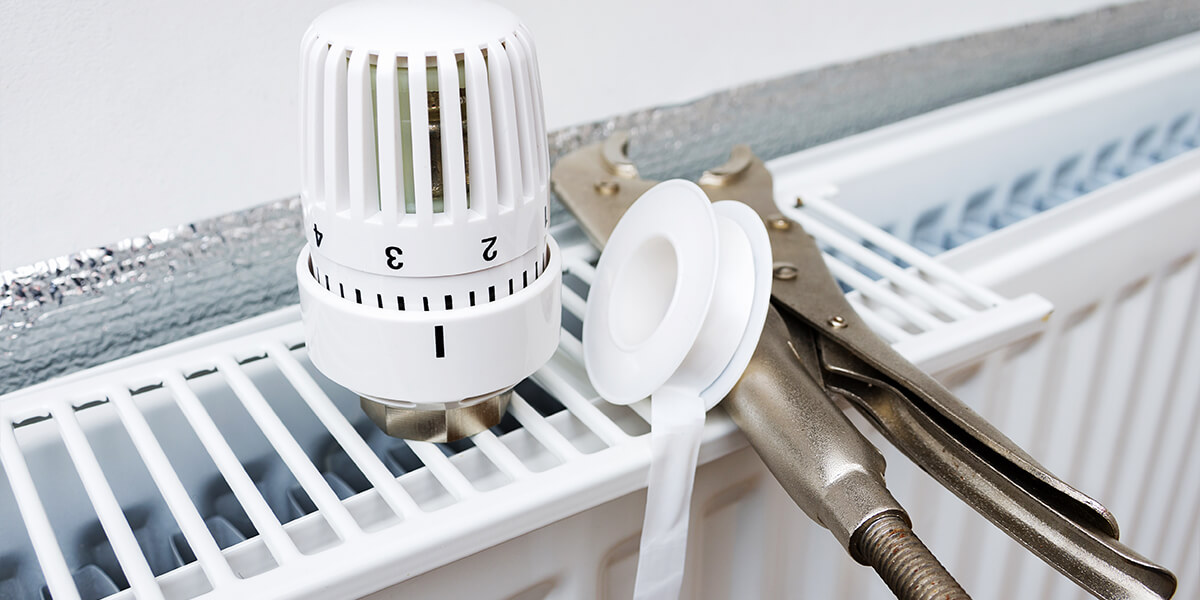
An easy way to keep your heating system healthy is to look for deterioration signs. Check your boiler at regular intervals for any noises, chinks and leaks.
Radiator leaks can be an aggravating issue, but there are several fixes you can carry out on your own before calling a professional. If you notice a leak around your radiator, isolate it by immediately closing both radiator valves. At this stage, opening the bleed valve will release the pressure, slowing down or even stopping the leak.
If the leak is coming from a loose valve, try tightening it. A leak-sealing product designed to seal small leaks quickly can also be used. A damaged radiator hose is another potential cause of a leak. If it is the culprit, you may need to replace it. However, you may need to replace the entire unit if the leak comes from a crack in the radiator.
Clean your Radiator in Innovative Ways
Among the other tips, cleaning your radiator might be the most mundane. However, this approach emerges as a highly efficacious method to increase the efficiency of your unit. And with the help of the following unique and innovative ways of tidying up your radiator, cleaning has never been more fun.
Let’s start with a DIY cleaning wand, which will help you clean harder-to-reach spaces of your radiator. To make this, attach a fuzzy cotton fabric or a microfibre cloth to the end of a flexible, long stick with the help of rubber bands or string. The makeshift cleaning wand can be used between the radiator fins, and the cloth can be replaced or washed and used again after usage. A steam cleaner with a nozzle attachment can be used to loosen dirt and grime, making cleaning with your wand a lot easier.

Another way of thoroughly cleaning your heating unit is using a leaf blower or a vacuum cleaner. If your radiator is placed outside, you can use the leaf blower to blow the dirt and debris right out of the radiator fins. Special attention must be given to the wind pressure and distance to avoid damage to the unit. If your radiator is particularly filthy or hard to clean, you can try detaching it from your wall and soaking it in a tub filled with warm water and mild detergent. This will help relax the stubborn debris and dust, which can be rubbed away with a cloth.

Flushing Your Radiator
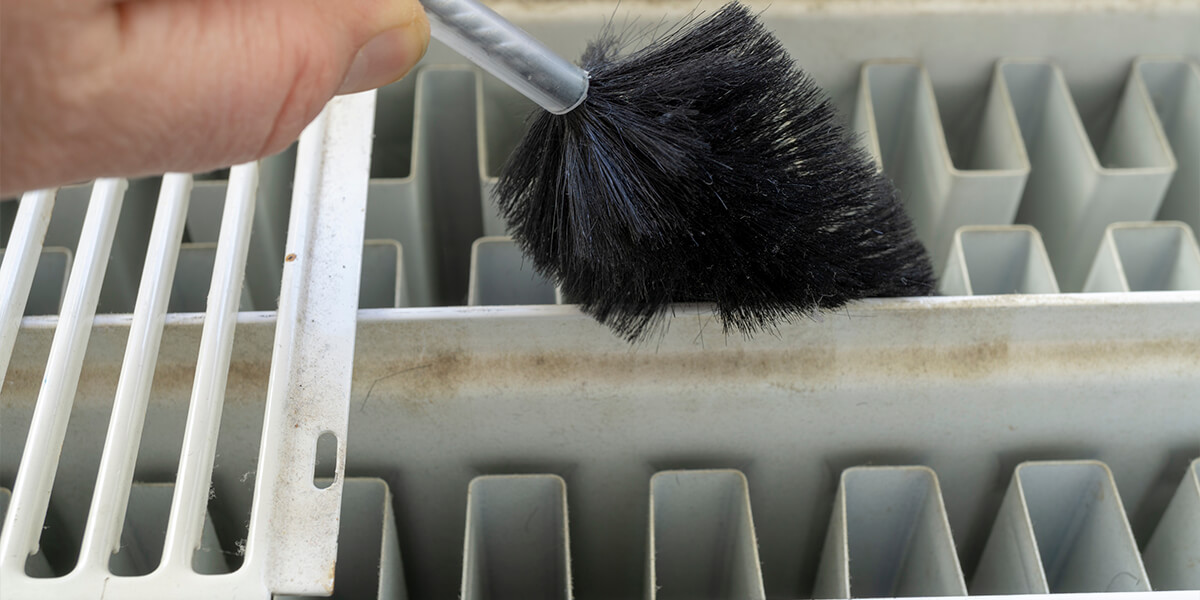
The appearance of cold spots at the bottom of your radiator is one of the dead giveaways that your radiator needs to be flushed. These patches are usually formed due to sludge build-up and debris inside the radiator.
To fix this, you must remove your unit from the wall and employ a hosepipe to flush it, thereby eliminating any blockages thoroughly. This process will also allow your radiator to achieve peak performance. Since flushing your appliance can be complicated, you can always seek professional help from a Gas Safe Registered engineer.
Bleeding a Radiator
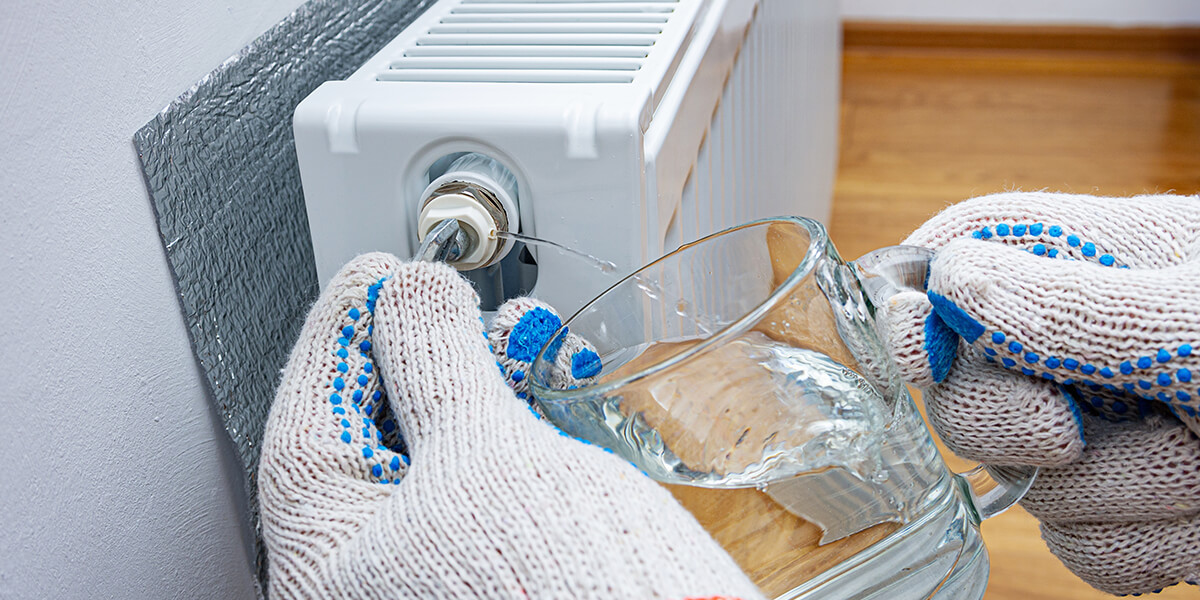
Occasionally, you might notice that when the boiler is switched on, all the radiators do not heat up immediately. This occurs due to the presence of air in the unit. In old radiators, there is a chance that air can escape water even if the boiler and its connecting pipes are in a closed system.
There is another way to check for trapped air. When you switch on your heating, check every radiator in your home. Over a while, air can get into your central heating system, and since warm air rises, it will lead to air getting ballooned up at the upper part of your radiator. If you find any cold spots at the top of your unit, you may need to bleed your radiator. You can further read our guide on how to bleed a radiator.
Balancing Your Radiator
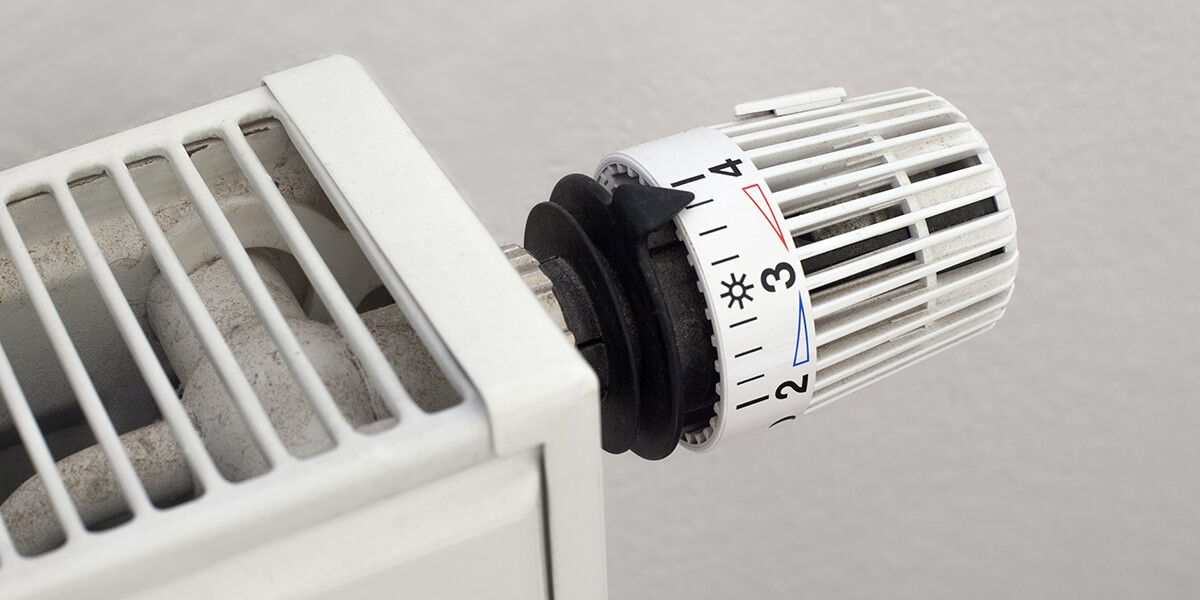
People often get confused between bleeding and balancing a radiator. Often used interchangeably, these words refer to two completely different processes. As mentioned earlier, if your unit has cold spots at the top, you need to bleed the radiator. If some of your radiators take longer to get warm than others, you need to rebalance your radiators.
Why should you balance your radiators?
Since hot air rises, it naturally stays at the top of your heating system. Due to this, the radiators upstairs and those closest to your boiler will receive more heat as compared to other radiators in your home. Because of this, all the rooms of your home may warm up at different speeds or not provide the same amount of heat. When rebalancing or simply balancing your units, you need to adjust your radiator valve so that they all heat up at the same speed.
How to balance your radiators?
First, turn your central heating system off and allow your radiators to cool off to get the actual temperature of your radiators. Next, completely open the thermostatic radiator valve of all your radiators, which can be done by turning them to the highest number on the dial. In the case of lockshield valves, you will need to remove the plastic cover first, then use your lockshield valve key or an adjustable spanner to open the valve by turning it anti-clockwise. Once this has been done, you can turn back your central heating to gauge which radiators heat up first and in which order. Now turn the central heating back off and wait for the radiators to cool again. If you possess heat-resistant safety gloves, you may close all valves on each radiator and gradually open them by slight increments, commencing with the one closest to your boiler.
The one nearest to your boiler might require a quarter turn to open, then the one after that a bit more before reaching the last radiator, which should be completely opened. With this, the unit closest to your boiler and the one furthest away will radiate the same warmth. Completed in just a few minutes, this balancing method ensures optimal results from your central heating system, resulting in increased energy efficiency and reduced bills.
Boiler Checks
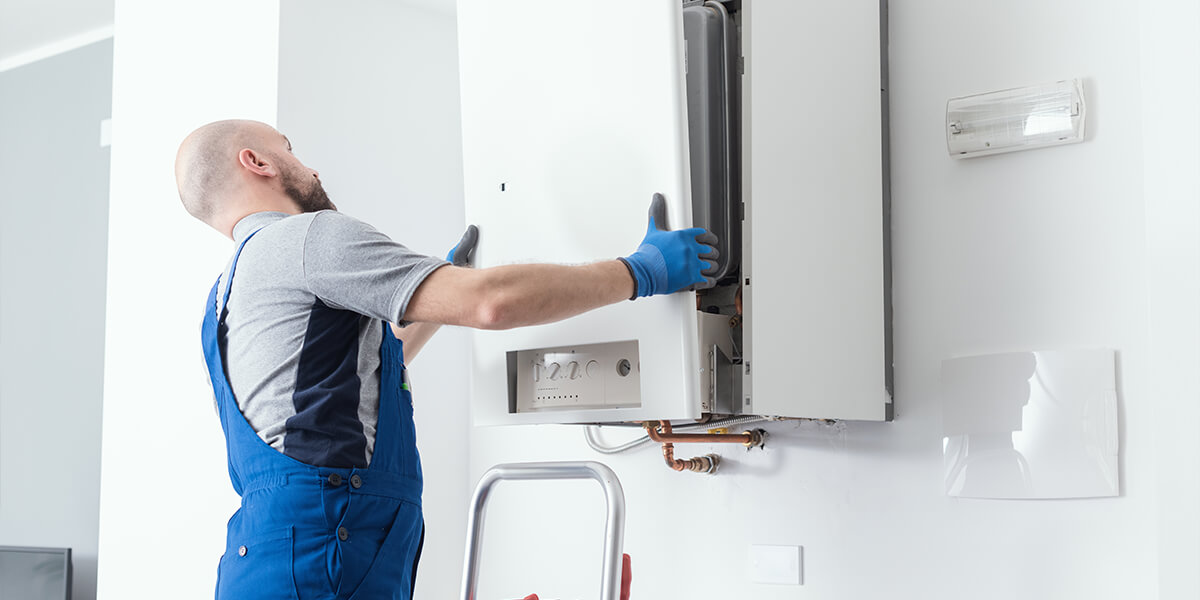
Your boiler needs to be serviced regularly, ideally once a year, to maintain its peak efficiency. We suggest calling for professional help for this one. They will clean all the components and parts in your boiler and check if they are in proper working condition.
All modern boilers, whether heat-only, system, or combi boilers, are condensing boilers. These units recover heat that would usually be lost from combustion gases by liquefying water vapour inside the gas. However, due to improper installations, most condensing boilers installed every year do not condense. To know if your condensing boiler works adequately, you can check the inflow and outflow pipes with a digital thermometer. A 20°C difference in temperature signifies a healthy heating system.
Checking your boiler's pressure is another important part of increasing your radiator's efficiency. Your boiler distributes hot water to every radiator, and this heat is carried through the air by means of convection. Your units will not heat up properly if there is a lack of water in the system. The pressure gauge on your boiler should be 1.3 bar for a cold boiler and between 1.5 and 1.8 bar for a hot boiler, depending on the manufacturer. If the pressure is below the guidelines, you may have to add more water to the boiler. Conversely, if it's above the recommended level, you may need to release some pressure by bleeding one or more of your radiators.
Adjust Thermostatic Valves
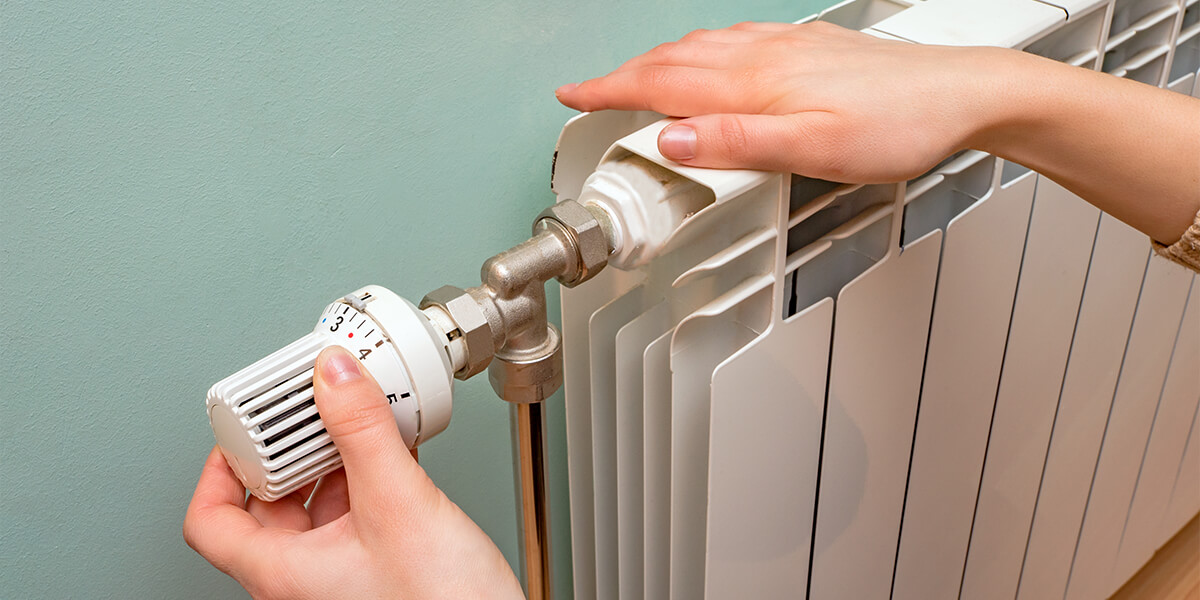
Perfect for sizable radiators and spaces that aren't frequently occupied, central heating controls such as Thermostatic Radiator Valves (TRVs) offer a brilliant solution for managing the warmth generated by a radiator. These clever devices work by detecting the ambient air temperature in the room. When the TRV setting surpasses the room's temperature, the valve partially closes, decreasing the influx of hot water into the radiator.
If the room temperature is lesser than the valve setting, it opens, increasing the flow of hot water. By turning down your TRVs and radiators in rooms that are not occupied, less water is used, which not only prevents the build-up of moisture and condensation but also reduces the strain on your boiler, ultimately saving you money.
At the beginning of summer, when you switch off your central heating with TRVs in a low position, it might happen that later, when you need to use them again, they might get stuck in their off position. An easy way to avoid this is to turn your TRVs to the 'Maximum' position and switch off the central heating system. Since the primary system is turned off, it won't get unnecessarily hot, and when you turn it back on once summer ends, your TRVs won't be stuck shut.
Final Advice
We hope the above tips increase your radiator's efficiency. Below, we have provided some more information to help you reduce your energy bills.
- Servicing your radiator at least once a year will ensure optimal performance for a long time. It is better to service the radiators during the summer to ensure they are ready to use during winter.
- Ensure that the water is cooled down before performing maintenance on your radiator. Any work performed on the home radiator while the boiler is hot might cause severe burns.
- Inactivity during summer is one of the significant causes of boiler problems and breakdowns. It can easily be avoided by switching on your central heating for at least 15-20 minutes every three to four weeks. Doing this will keep the parts of your heating system in working condition, allowing them to return to action during winter.
If all else fails, you can always buy a new radiator. At QS Supplies, we provide various ranges of radiators such as compact radiators, flat panel, column radiators, and heated towel rails. Available at a competitive price, we can guarantee that you will find multiple radiators that match your style and are within your price range.

